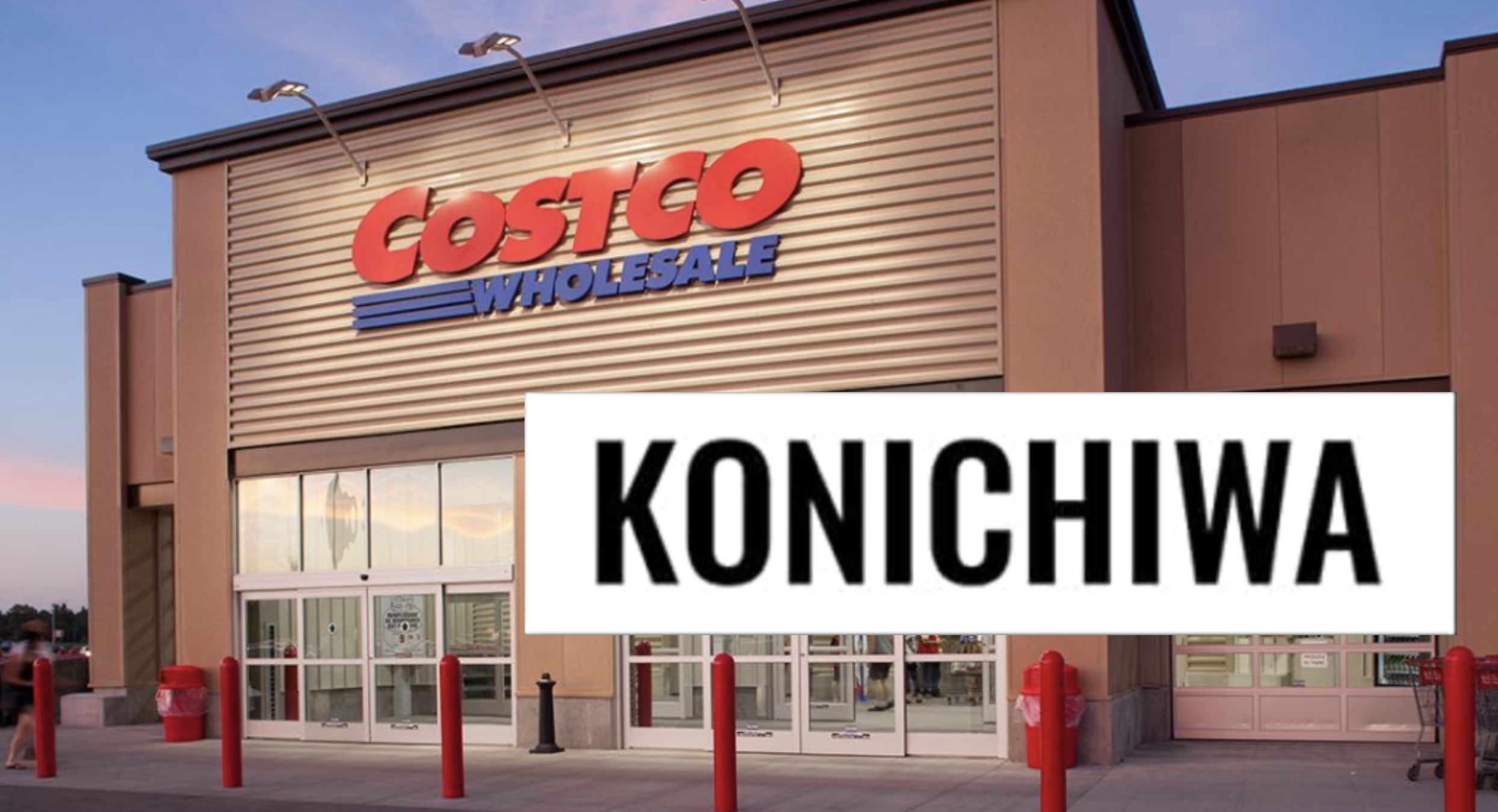When it comes to selling to new markets, one of the most important things you can do is localize your brand. But what, exactly, does that entail? Simply put, localizing your brand means adjusting your business to fit the culture and norms of the country or region you are doing business in. And it’s a serious matter: if you don’t prioritize localization, your new market expansion endeavors will likely fail. Just take a look at Starbucks, Walmart, and Costco as examples: three corporate giants that have become a case study on what to do and what to avoid when foraying into new markets.
When Starbucks first arrived in Australia, they were met with disaster. Walmart had a similar experience when they opened up shop in Japan. But on the other hand, Costco was very successful when it entered the Japanese market. So, why did Starbucks and Walmart fail in their new market expansions while Costco was successful?
The Corporate Giant Paradigm
Let’s start with why Starbucks failed in Australia. There are a few reasons, the principal one being that Australia has a strong and established coffee culture. Australian consumers are partial to specialty coffee, pour overs, and coffees such as flat whites or macchiatos.
Subscribe to our newsletter

At the same time, they dislike the sugar-filled type of beverages that are the hallmarks of the Starbucks brand. What’s more, Australians tend to prefer smaller cafes that offer a more personal experience than the large, impersonal Starbucks stores.
Walmart also failed in Japan for similar reasons. Walmart offered a different customer experience than what Japanese consumers were accustomed to. Japanese shoppers prefer smaller stores with a more personal touch over the large, warehouse-style Walmart stores.

On the other hand, Costco was successful in Japan because it localized its business and products to match what Japanese shoppers were looking for. Costco offered a mix of American and Japanese products, which appealed to Japanese consumers.
Additionally, Costco’s smaller store format was more in line with what Japanese shoppers were accustomed to. Finally, Costco’s prices were lower than Walmart’s, which helped it win over Japanese consumers.

As you see, it all comes down to localizing your brand. These three massive retailers had major successes and failures when entering new markets based on not accounting for the cultural background of the area they were expanding to.
Bend It Like Costco
Successfully adapting your business to different cultures can be tricky, but it is vital to transition to a new market. After gaining insights from the costly lessons of the three brands mentioned above, three big takeaways can help you avoid their mistakes and make your entry to new markets a resounding success.
Here are a few tips:
-
Do Your Research
Learn about the culture and what consumers in that country want. For example, what are their preferences regarding food, clothing, and lifestyle? Is it possible that your product is something they wouldn’t use – or may not even need?
For example, small portable AC units are best sellers on Amazon Germany because of the rising temperatures and lack of air conditioning in houses. By contrast, this product is little known to American consumers who generally have installed AC systems at home to deal with the heat during warmer seasons.
Another relevant example is wooden toys. Analytics show that this particular toy category is not a top earner in the United States but performs very well on Amazon Germany and across European markets. So, instead of ruminating over the theoretical profit loss that stems from not being able to market your product to US customers, you can opt to expand to all Amazon European markets and make the most out of selling on them.
-
Localize Your Branding
You need to be able to literally speak in your customers’ language. Your copy, product packaging, and accompanying brochures must be written in your audience’s native language and localized appropriately. This essentially precludes using automated or software translations or even relying on non-native speakers. Trust in a translator who is a native speaker and can bring life and nuance to your marketing copy, making it resonate with your target audience.
What’s more, you also need to make sure that the look and feel of your marketing materials are appropriate for the new audience you’re targeting. When it comes to localizing your brand, your tone of voice may not translate well to different audiences.
For example, the exuberant and often hyperbole-heavy copy that is a hit with American audiences would not entice German customers. They prefer to read more matter-of-fact copy that relays product features and benefits in a no-frills, no-nonsense way.
-
Be Sensitive To Cultural Differences
Avoid making any cultural gaffes that could offend or confuse consumers in other countries. Many brands overlook the importance of this can lead not only to embarrassment but also to poor sales as well as missed opportunities. You need to make careful translation and linguistic analysis when entering new markets – it’s not only your money but your reputation that’s on the line, too.
Lessons Learned, Money Earned
Starbucks and Walmart counted significant losses. They didn’t take the time to understand the cultural differences between their home and target markets. Instead, they assumed that people in other countries would want the same things that people in their home countries wanted.
Meanwhile, Costco increased its global presence and revenue. Just because it took the time to learn about the culture and preferences of Japanese consumers and localized its business accordingly.
So, if you want your business to be successful in a foreign country, make sure to localize it. Change your marketing strategy, and learn about the country’s culture you are doing business in. Invest in professional translation services when localizing your brand. It will help you make the most of your marketing efforts. It may take some effort, but it will be worth it in the end–both in terms of sales, revenue, and your customers’ satisfaction.
About the author

Andromachi Dimitriadou is a Copywriter at YLT Translations with six years of experience. She has a passion for e-commerce and Amazon and loves to travel and learn about new cultures. She speaks five languages, which gives her an edge when it comes to understanding different markets.


